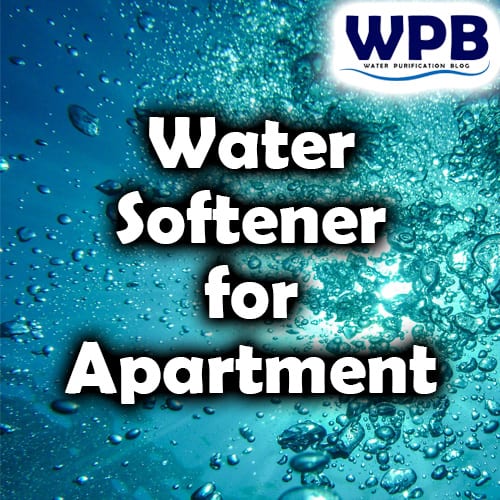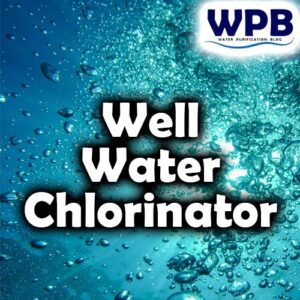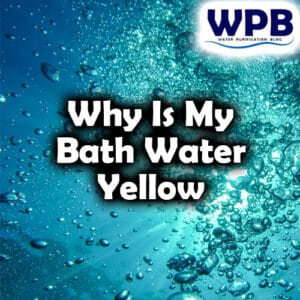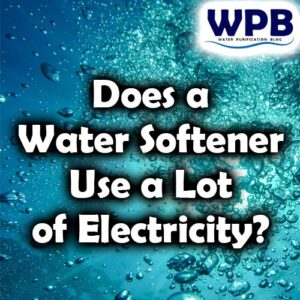In today’s modern world, water plays a crucial role in our daily lives. Whether it’s for drinking, cooking, or bathing, we rely on water to meet our basic needs. However, not all water is of equal quality, and the quality of the water we use can have a significant impact on various aspects of our lives.
The difference between hard and soft water is big, and it directly impacts the quality of our life.
Weather it’s the apartment you live in, or an apartment used for renting, a water softener for apartment will make big benefits in both cases.
Table of Contents
Can you put a Water Softening System in an Apartment?
Yes. If all the required connections can be provided, there is no problem with installing a water softener in an apartment.
Read below about the required connection for installation.
One common issue that many apartment owners face is the problem of hard water. Hard water and limescale deposits make big problems with bathroom and kitchen maintenance, shortened lifetime of appliances that use hard water, and so on…
Fortunately, installing a water softener for apartment can provide numerous benefits that improve the quality of your daily routine and increase the lifetime of all things in contact with water.
Water softener for apartment: description
Water softeners for apartments need to be as small as possible without sacrificing water flow or capacity.
As space in an apartment is always crucial, the dimensions of a water softener will mainly determine if installation is possible.
These series of water softeners are designed in such a way that the water softener itself is placed in a container that also serves as a brine tank (salt tank).
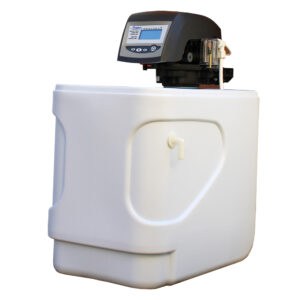
This type of water softener is characterized by smaller space requirements compared to the classic variant where the water softener and brine tank are separate units, but without sacrificing the water softener operation.
Main parts of a water softener
Ion exchange resin tank
This is the tank or vessel that contains the ion exchange resin. The control valve is installed on the top of the tank.
Microprocessor Control Valve
The microprocessor controller serves to ensure fully automatic operation and regeneration of the softener.
The control valve monitors the amount of softened water consumed through the built-in flow meter and performs fully automatic operation and regeneration of the softener.
Most usually, during the regular operation of the softener, information about the current flow of water through the device and the remaining softening capacity until regeneration are changed on its display.
Apartment water softener benefits
1. Improved Hair and Skin Health
One of the noticeable effects of hard water is its impact on our hair and skin. Hard water contains harsh minerals that can leave a residue on our hair and skin, causing them to feel dry, dull, and lifeless. The tiny scales on each hair shaft become more pronounced, leading to tangling and roughness. By investing in a water softener, you can remove these minerals, resulting in softer, healthier hair and smoother, more vibrant skin.
2. Longer-Lasting Appliances and Fixtures
Hard water is notorious for leaving behind scale and mineral deposits on appliances and fixtures. Over time, these deposits can lead to reduced efficiency and even damage to your appliances.
By installing a water softener, you can prevent the buildup of scale and extend the lifespan of your appliances, such as washing machines, dishwashers, and water heaters.
Additionally, your faucets, showerheads, and pipes will remain free from the unsightly and damaging effects of mineral deposits, ensuring optimal functionality and longevity.
This all will improve the quality of living, or the first impression of the guests in the rented apartment.
3. Increased Energy Efficiency
Did you know that using a water softener can actually contribute to energy savings? When your water is softened, it allows appliances such as water heaters to operate more efficiently.
Soft water heats up faster and requires less energy compared to hard water, reducing overall energy consumption and utility bills.
By investing in a water softener, you not only improve the quality of your water but also contribute to a greener, more sustainable lifestyle.
4. Enhanced Cleaning and Laundry Experience
The effects of hard water are not limited to just your hair and skin; they can also impact your cleaning routines. Hard water makes it more challenging for soap, dish soap, and shampoo to lather effectively, leading to less efficient cleaning.
With a water softener, you’ll notice a significant improvement in the lathering ability of your cleaning products, resulting in cleaner dishes, spotless glasses, and fresher laundry.
Soft water allows your detergents and soaps to work more effectively, ensuring a thorough and satisfying cleaning experience.
5. Softer and Brighter Clothes
If you’ve ever noticed white spots or marks on your stiff laundry, it’s likely a result of hard water. The minerals in hard water can get trapped in the fabric, leaving behind residues that make your clothes feel rough and look dull.
By utilizing a water softener, you can eliminate these mineral deposits, resulting in softer, brighter, and longer-lasting clothes. Soft water allows your laundry detergent to penetrate the fabric more effectively, providing cleaner and more vibrant garments that look and feel their best.
6. Cost-Effective Solution
Investing in a water softener for your apartment may seem like an additional expense, but it’s a cost-effective solution in the long run.
By preventing the damaging effects of hard water on your appliances, fixtures, and clothing, you can avoid costly repairs or replacements.
Additionally, the energy savings achieved through improved efficiency can lead to lower utility bills over time. A water softener is an investment that pays off by protecting your valuable assets and reducing long-term expenses.
Water Softener for Apartment Installation Requirements
Connecting the water softener requires a feed water connection, an outlet water connection, a drain connection and an electrical power supply.
Providing all the connection might be a little bit problematic in the apartment, but it is doable in most cases.
The inlet connection (raw water supply) and the outlet connection (softened water drain) on the softener are usually marked with corresponding arrows on the back of the control valve.
The drain connection is usually also located on the back of the control valve and is simply connected with a flexible hose. It is necessary to fasten the hose with a clamp after the hose is threaded onto the connection.
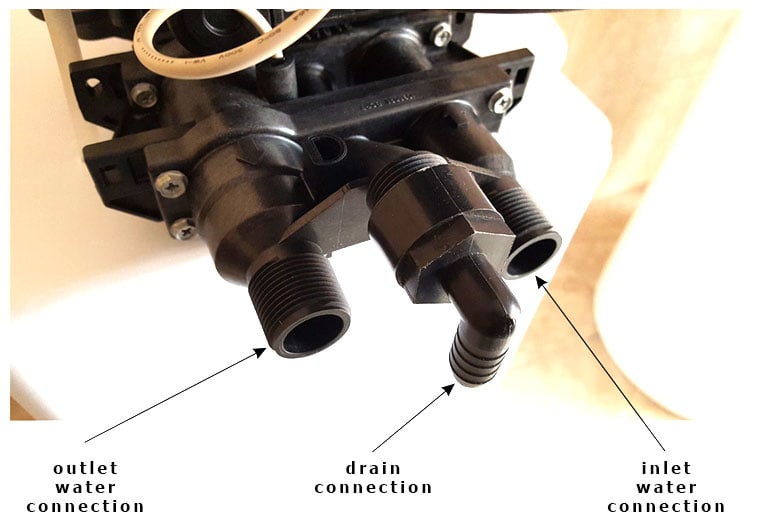
The inlet and outlet connections are ¾”, and the sewer connection is ½”. These dimensions are almost a default for all water softeners for apartments.
Conclusion
The installation of a water softener in your apartment can bring many benefits over time. To learn more about water softener’s installation requirements read this post: How to install a water softener.
From improving the health of your hair and skin to increasing the lifespan of your appliances, a water softener enhances your overall living experience.
With increased energy efficiency, enhanced cleaning capabilities, and softer, brighter clothes, you’ll notice a positive difference in your day-to-day routine.
Moreover, the cost-effectiveness of a water softener makes it a wise investment for apartment dwellers looking to improve their water quality and enjoy the numerous advantages it brings.

Who am I?
I am working as a water treatment technical manager and I have more than 25 years of practical experience in water purification.
Water purification expert
After many years of experience in water purification, I want to share some of my knowledge and get people to know the real importance of water quality.
Water purification and water treatment are very complex themes, so it is important to explain them in an easy-to-read way.
On this blog, you will find many understandable, easy-to-read information about water purification.
I hope you enjoy it, find some useful information, and thank You for reading.
More info on my work and my expertise on water purification can be found on my LinkedIn profile.

